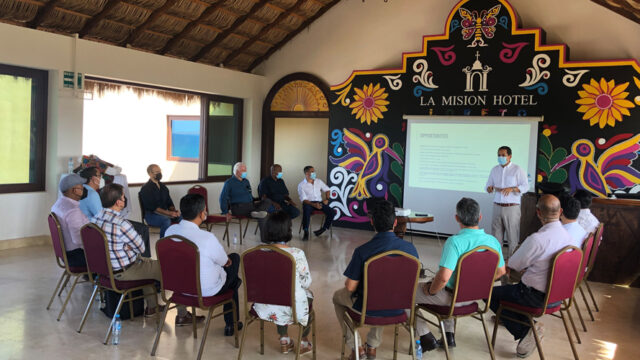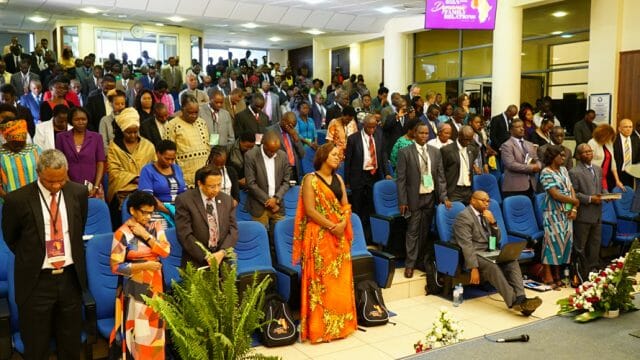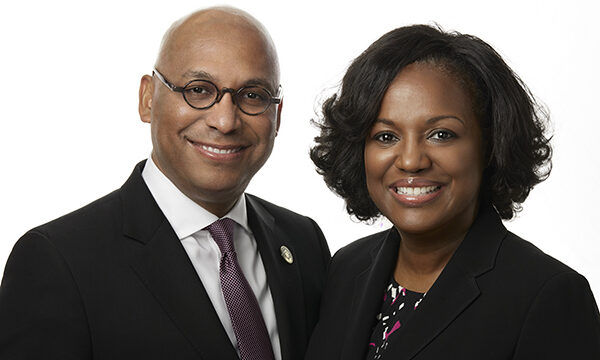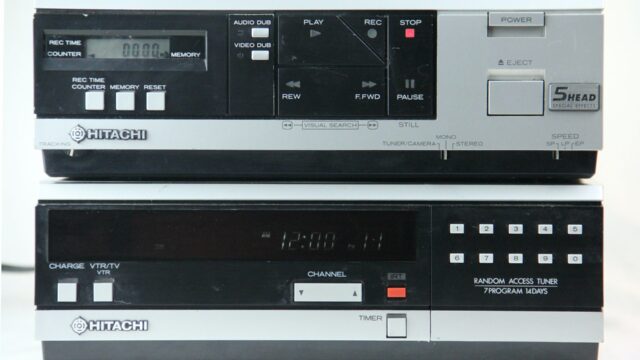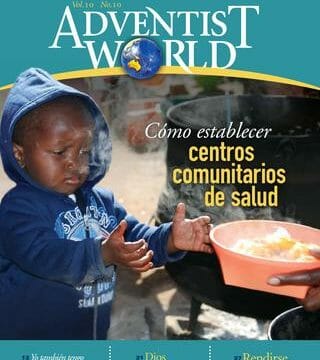North American Division Student Leader Advisory seeks to increase youth input.

Within the Seventh-day Adventist content library, there are countless articles, sermons, videos, books, podcasts, and seminars speaking to what the young adults in our church need. Some of the observations are helpful, some miss the mark. But most of the discussions lack one crucial element: the voices of actual young people. This is an issue that the North American Division (NAD) of the Adventist Church is seeking to correct.
Building the Platform
We now mark our lives in two categories: before the pandemic and after. Before the pandemic, representatives from Adventist universities served on the NAD Executive Committee and at the annual year-end meeting. Designed to remind the members to keep the younger congregants in mind, the university representatives were given a seat at the table. Then we transitioned after the pandemic and the executive committee was trimmed down, leaving university student leader positions on the cutting floor. In the wake of this difficult but necessary decision, the NAD recognized the need for a space in which young adults, specifically students, could still be represented. Thus, the NAD University Student Leaders Advisory was developed under the care of Tracy Wood, NAD youth and young adult ministries director; G. Alexander Bryant, NAD president; and Wendy Eberhardt, NAD vice president for ministries.
The university student leaders’ advisory has exceeded its predecessor in its impact, providing students direct face time with major players in the church, boosting awareness of resources and upcoming events, and, best of all, providing an open virtual forum for questions and concerns to be addressed more than once a year. During three meetings a year, students have the floor to share their needs directly with the people who can make a change, encouraging conversation and bridging the gap between church institutions and young adults.
The Current Conversation
The most recent session was the second of the year, after the first in January. It was held May 17. Though some students were absent in the midst of finals and graduation, those who attended were active participants, such as Andrews University SSF co-president Chris Langston, president of the Student Association of La Sierra University and graduating senior Maya Townsend, and campus ministries representative for Advent Health University Shevanie Roopnarine-Garraway.
As expected, the agenda acted as an open foundation upon which participants built lasting conversations. Among other points, the conversation intended to “strengthen the university student leaders’ voice[s] on relevant young adult topics,” thus allowing for greater discussion.
Event moderators Bryant, Eberhardt, Wood, Vandeon Griffin, and Armando Miranda (NAD youth and young adult ministries associate directors) opened the event by welcoming the student leaders and guest speakers Melissa Reid, the NAD public affairs and religious liberty representative in Washington, D.C.; Paul Hopkins, director of NAD big data; and youth directors Gregory Taylor from the Southern Union and Tyrone Douglas from the Mid-America Union.
Religious Liberty and Surveying Tithe
After opening prayer, Melissa Reid shared about the upcoming public affairs and religious liberty (PARL) event “Reconstructing Religious Liberty: In a time of religious and secular extremes.” As the NAD representative in Washington, D.C., Reid will share firsthand knowledge of the extremities seen within the political climate and will be “delving into how we as Bible-believing Christians navigate this world.”
The second and final presentation was by Paul Hopkins, who shared his findings from NAD’s big data tithe study. The study was prompted after a surprising uptick in tithe during the pandemic. The resulting study sought to uncover the reason behind the increase by observing each demographic, their views on tithe, what they give, and at what frequency. Hopkins detailed the breakdown of the study, discussing how it developed from simple research to a much larger study with broader implications, opening conversations about how we educate believers on tithe and the generational convictions motivating their giving. The generational gap between givers once again shed a spotlight on the younger generations’ differing prioritization of their faith and opened a broader discussion on how best to inform congregates of all ages of the importance of tithe and offering.
Passing the Mic
Once presentations concluded, the floor was opened to students, anchoring the discussion with two questions: “How can we stay connected with the change of student leaders coming at the end of this school year?” and “Is there interest in more opportunities for student leaders to attend NAD and Union events and activities?”
Langston jumped in by addressing a deeper connection to NAD and union resources for seminary and university students, saying, “We need a continued dialogue between the Seminary, the NAD, and the Union.”
Bryant, who was connecting to the event from a Washington airport, responded, “There are plenty of opportunities that could be presented. … If we’re proactive and we think about it, there are a lot of opportunities that we can open a door to — we just have to be more intentional in doing so.”
Roopnarine-Garraway was also vocal in sharing the willingness of students to have access to more conference conversations like the advisory. Gordon Bietz, an NAD associate director for Adventist education, and Bryant shared upcoming forums where such participation would be encouraged, offering the space for young voices to be heard in the church either spiritually or professionally.
At its core, there was a desire to demystify the Seventh-day Adventist Church, reminding university students and postgraduates that there are resources available and a place within the church on a congregational and institutional level. Conversations such as these are necessary starting points for deeper communication, leaders said, allowing both parties to remember that “young adults are not the next generation of the church but the current generation, filled with ideas and values to bring the church into the future.”
The original version of this story was posted on the North American Division news site.


